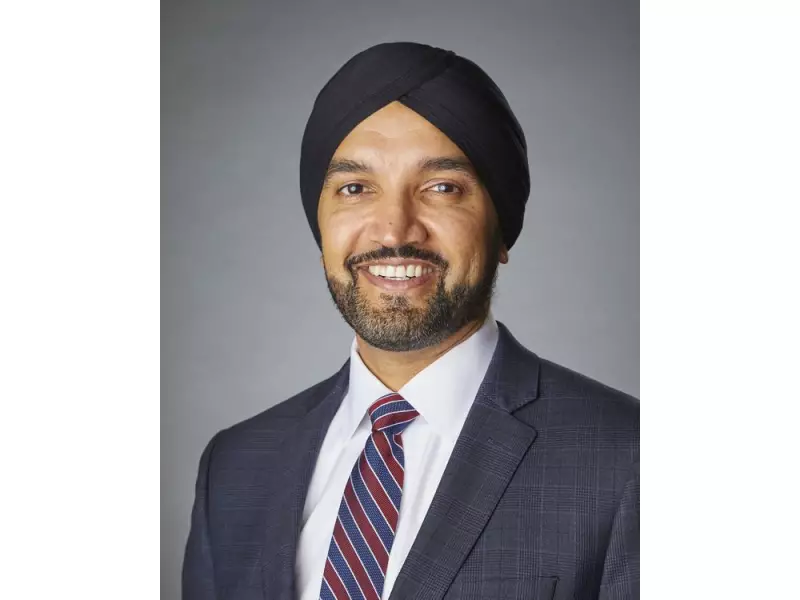
The Canadian Public Accountability Board (CPAB), Canada's independent audit regulator, has announced a significant leadership transition that will shape the future of financial oversight nationwide. Sonny Randhawa has been appointed as the organization's incoming Chief Executive Officer, bringing a wealth of experience in financial regulation and public accounting to the role.
A Seasoned Leader Takes the Helm
Randhawa joins CPAB from the Ontario Securities Commission, where he currently serves as Chief Accountant. His extensive background includes nearly a decade at the International Accounting Standards Board in London, England, where he played a pivotal role in global standard-setting. This international experience positions him uniquely to address the evolving challenges in audit regulation.
Strengthening Canada's Audit Quality
The appointment comes at a critical time for financial markets and audit quality in Canada. CPAB Chair Maureen Jensen emphasized that Randhawa's deep expertise in both Canadian and international accounting standards makes him the ideal candidate to lead the organization forward. His understanding of complex regulatory environments will be invaluable as CPAB continues to enhance audit quality for Canadian publicly traded companies.
Smooth Transition Planned
Current CEO Carol Paradine will work closely with Randhawa to ensure a seamless leadership transition. Paradine, who has led CPAB through significant regulatory evolution since 2020, will continue to serve until Randhawa assumes the CEO role later this year. The board expressed gratitude for Paradine's exceptional leadership and contributions to advancing audit quality in Canada.
Looking Ahead: CPAB's Future Direction
Randhawa's appointment signals CPAB's commitment to maintaining robust oversight of Canada's audit profession. His background in both standard-setting and securities regulation aligns perfectly with CPAB's mandate to protect investors and strengthen public confidence in financial reporting. The Canadian financial community anticipates fresh perspectives on emerging challenges, including technological advancements and evolving risk landscapes in audit practices.





